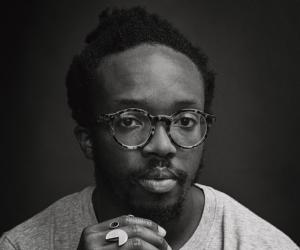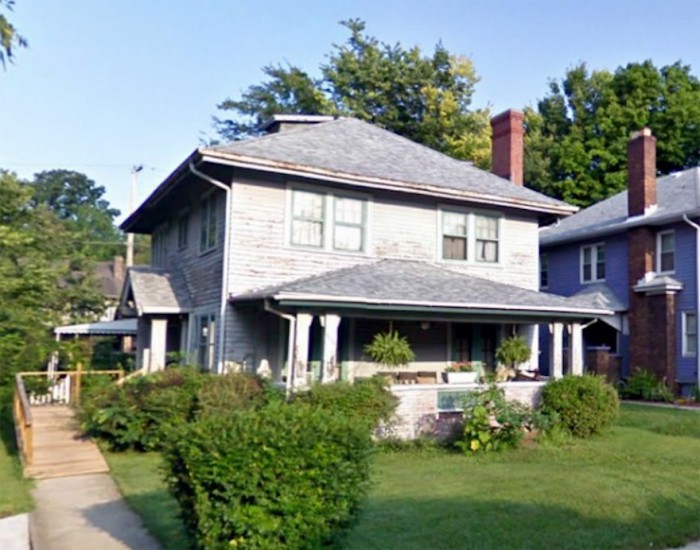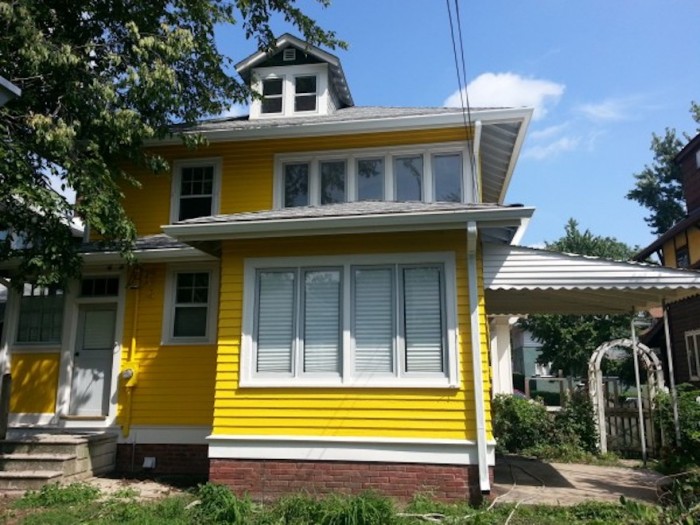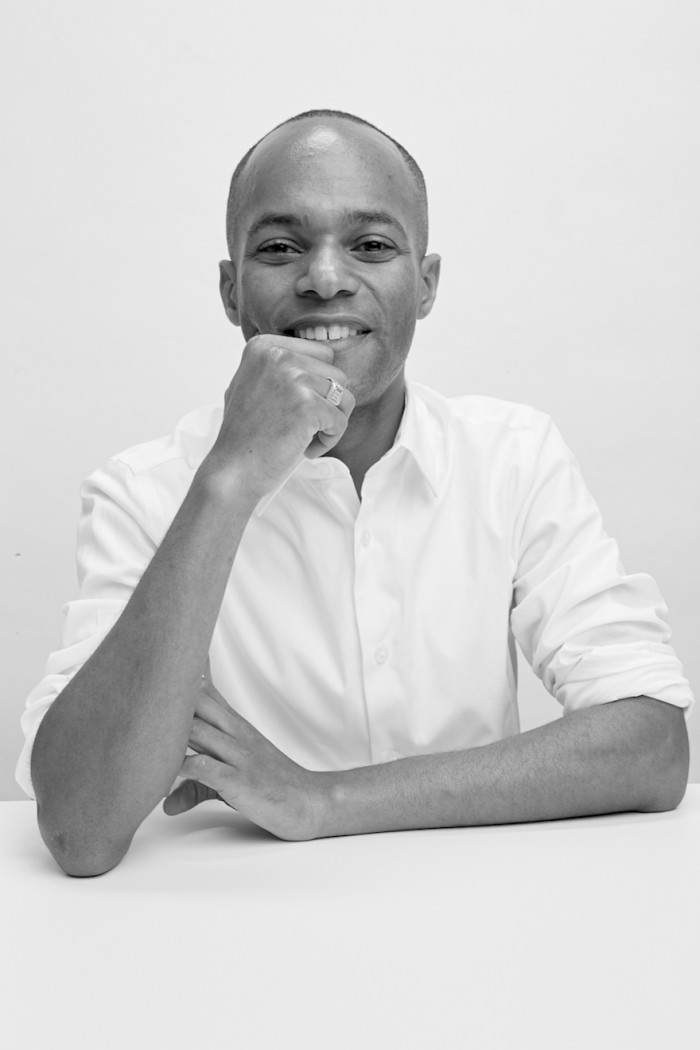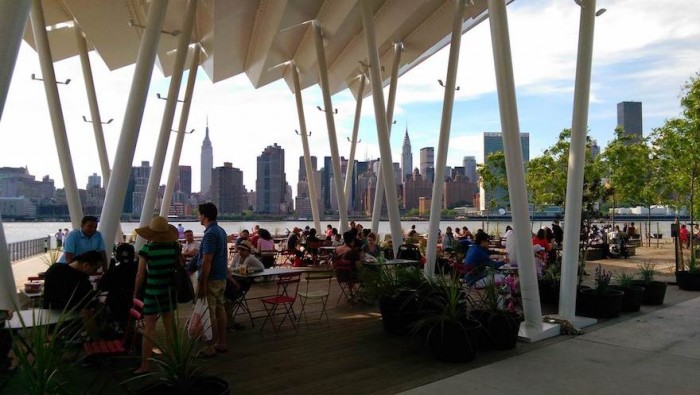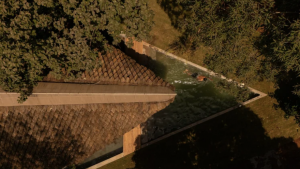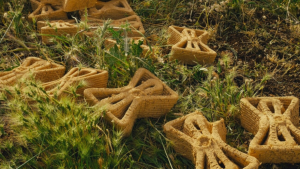One of the most devastating effects of gentrifications in low-income neighbourhoods is how quickly soaring rental and housing prices can displace residents. For New York based architect and urban planner, Justin Garrett Moore, noticing the early onset of gentrification in his hometown in Indianapolis made him want to do something.
“The neighbourhood where I grew up was starting to see this gentrification process so Urban Patch was about developing small-scale changes that you aggregate over time starting with one vacant house and one vacant lot.”
Urban Patch, a social enterprise he started with his family uses the "urban patch dynamics" model used by ecosystem scientists to track different species, change and progress over time in an ecological territory.
The project, which was until a few years ago funded out of Moore’s pocket, started with him buying one house in his hometown. They then fixed it up and rented it to a low-income family that would not otherwise be able to afford the rent there as gentrification pushes prices up.
The money made from the rent is used to buy more houses as well as vacant lots that are turned into spaces for residents to start food gardens or do community murals, plant trees or other public projects.
“Now we have six houses and eight lots. What makes the model work economically, is that because the neighbourhood is gentrifying and prices are going up, there is equity and value in the houses, more than what we paid. We’re able to pull equity out of the houses in order to do the next house even though prices have started to go up.”
He adds: “This is essentially myself and my family doing smaller scale projects to improve the neighbourhood where I grew up. It’s a way that we are directly, as individuals, helping to address the rising cost of housing in the neighbourhood.
“Because we don’t take a profit from the rental of the house, we’re able to now have these units at rates we know that people in the neighbourhood can afford. At the same time, we’re doing these projects that actively improve the neighbourhood. A portion of the income that we have from the rental properties we use to do these improvement projects around the neighbourhood. It’s a way to have this direct impact and participation from the black and brown people from the neighbourhood so they are the ones changing the neighbourhood as it improves.”
Urban Patch has been running for the past five years and they’re now looking to scale it to other neighbourhoods also experiencing the early pressures of gentrification.
Moore says the social enterprise was also partly inspired by learning, during a side research project, that his grandfather (who died before Moore could meet him) was involved in urban agriculture back in the 1940s.
He says it was inspiring because the US was not unlike apartheid South Africa back then, in terms of the access that black people had to resources.
“If they could do that then, when things were much worse, I should be able to do something now. It was that simple. It’s funny because it is well documented, but it’s sort of erased. Obviously, we’ve [black people] done something, there were no civilisations without black people. When I found all this information, it’s like there was this sense of loss. So, it was a way to try and reconnect with that past.”
Moore, who currently serves as the head of the Public Design Commission in New York studied architecture at the University of Florida and worked in the sector for different firms before getting dual graduate degrees in architecture and urban design from Columbia University in New York.
He says the this helped align his interests while lying at the intersection of design and social issues that come as a result.
Justin Garrett Moore: On Humility And Loving Our Cities (Because it's bigger than you)
Justin Garrett Moore at CreativeMornings Indianapolis, April 2015. Free events like this one are hosted every month in dozens of cities. Discover hundreds of talks from the world's creative community at https://creativemornings.com/talks Don't miss a video. Subscribe! https://bit.ly/1jeJwut Follow CreativeMornings: https://twitter.com/creativemorning https://facebook.com/creativemornings
Navigating his way between social needs of the people of New York as well as public design is a large part of his work. As the head of New York’s design agency for public projects he deals with projects including parks, street art, public buildings, infrastructure and other developments on public land.
He says they review around 1,000 projects a year that range from sculptures, artworks and down to a reservoir for water supply.
“What I enjoy about the work the most is that I never get bored.”
He gives an example of recent controversy around public monuments in the city where questions were raised around the city having people valued in public monuments that do not necessarily reflect the city and the values of the people who live there today.
One such public monument is that the statue of J. Marion Sims, who is widely known as the "father of modern gynecology".
Following complaints and a public participation process, the statue was removed last month form Central Park. This was largely due to issues being raised regarding honouring someone who used to do experiments on enslaved black women.
He says of that it was a difficult, political conversation but it was also very important to have that conversation.
“I am an architect and urban designer, so I did not think I’ll be talking about the removal of racist people, so it’s interesting.”
He says the decision was made with the help of an advisory commission, which includes diverse people who represent residents as well as artists and historians like Mabel O. Wilson, who is known for her work on the value of space and memorial in urban environments.
In another case, that of the removal of the statue of Christopher Columbus who activists say triggered an era of brutal exploitation of Native Americans, it was the statue would not be removed.
Moore says the recommendation was for the statue not to be removed, but it was agreed that new artworks acknowledging the indigenous people should be commissioned to bring in the broader context of this history.
“The Commission been around since 1898, we’re in the city’s charter. Public artworks and monuments, those are part of our public infrastructure just like we have our sewers and street lights. These are part of the city’s infrastructure. Not just anyone can put an artwork in a public space, and there is a process to get that into the public space. They are considered as part of the city’s public art collection so putting anything in or out should be part of a public process,” he says.
The difficult part of running the commission is, of course, that at the end of every process there will always be someone who is unhappy.
“If you were in a political process, you would make decisions so that the majority of people are happy, but that is not necessarily always the case, there is a long view, a bigger picture.”
But New York, like most cities, and as beautifully illustrated by Design Indaba alumni Ekene Ijeoma in his data visualization Wage Islands, is an unequal city.
Wage Islands at Storefront for Art and Architecture
Wage Islands is an interactive installation about wage and housing inequality in NYC. It was commissioned for The Storefront for Art and Architecture's Measure in Summer 2015. It came from a meeting with Fast Food Forward who's been fighting to raise minimum wage to 15 an hour.
The Brooklyn-based artist and designer made an installation that highlighted New York’s salary disparity by highlighting where low-income earners can afford to stay. In trying to address this, Moore says the city’s been busy with the project in Hunter’s Point South.
“This is whole new neighbourhood that was essentially designed and developed for low to middle-income people.”
The development includes 5000 new housing units as well as schools, community facilities, parks … everything from scratch. He says sustainability was also very important and designing for climate change since that is a waterfront area.
More on architecture:
These architects have built a "disappearing" city in the Morrocan desert
This Cape Town architectural firm is where architecture, activism and cultural events meet

